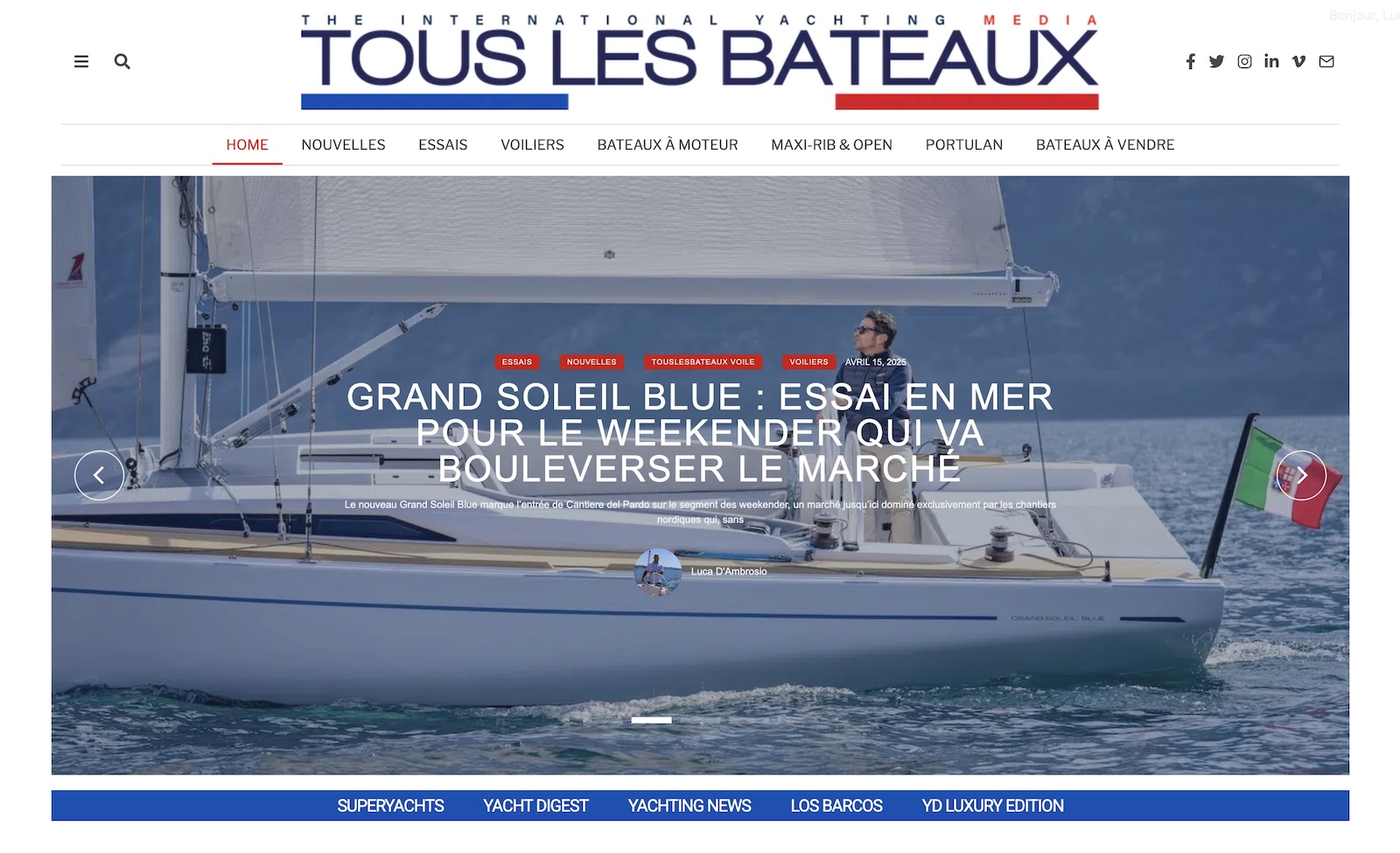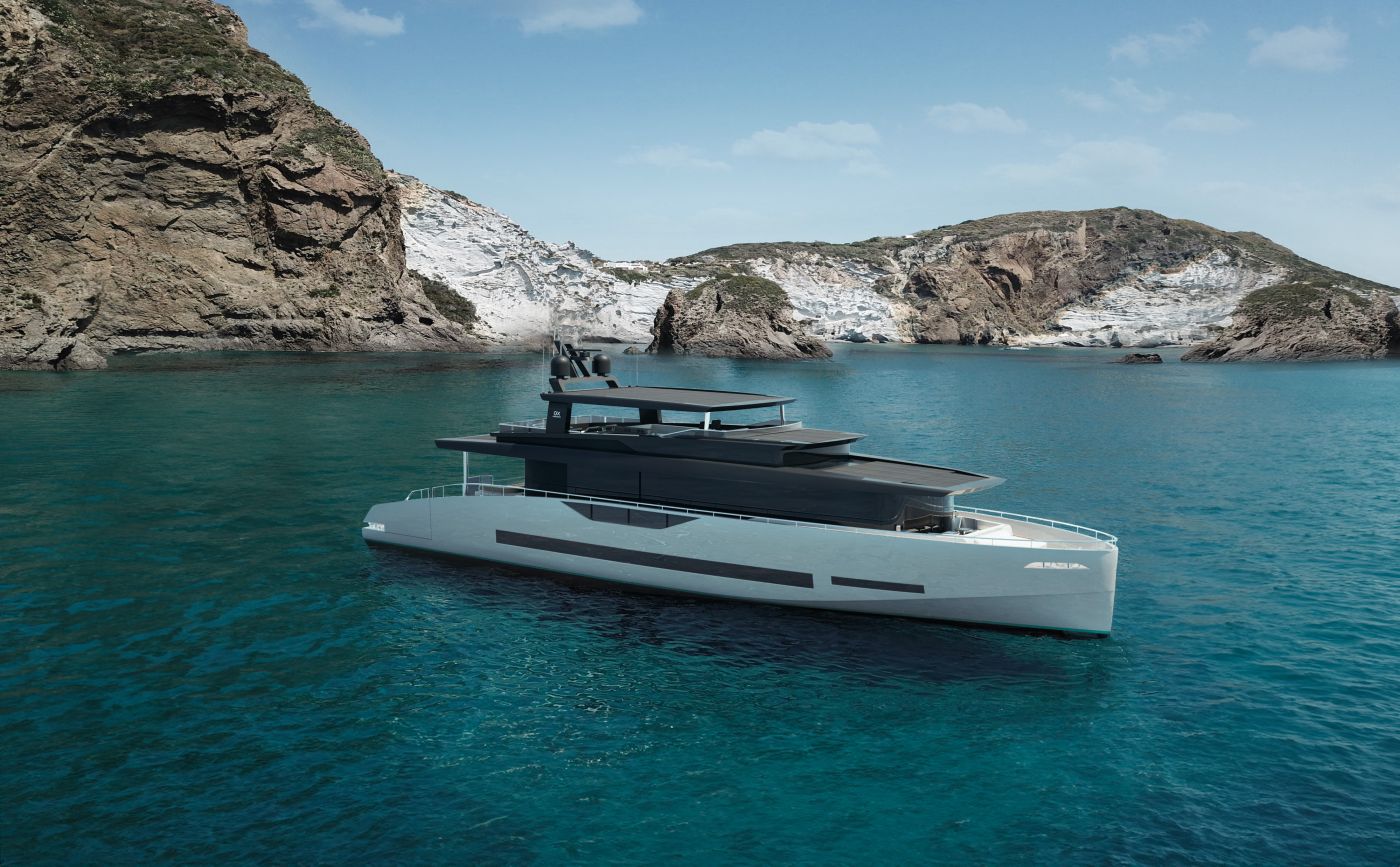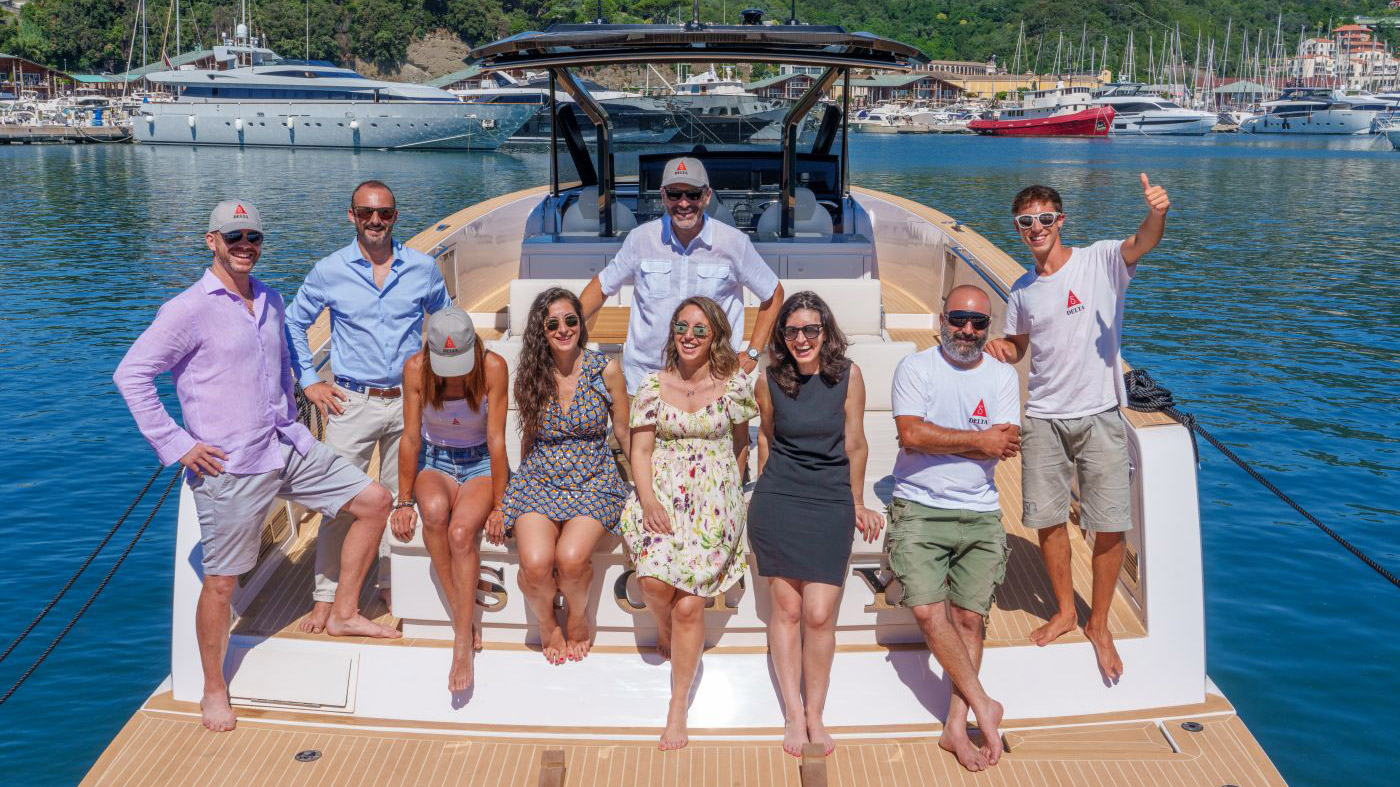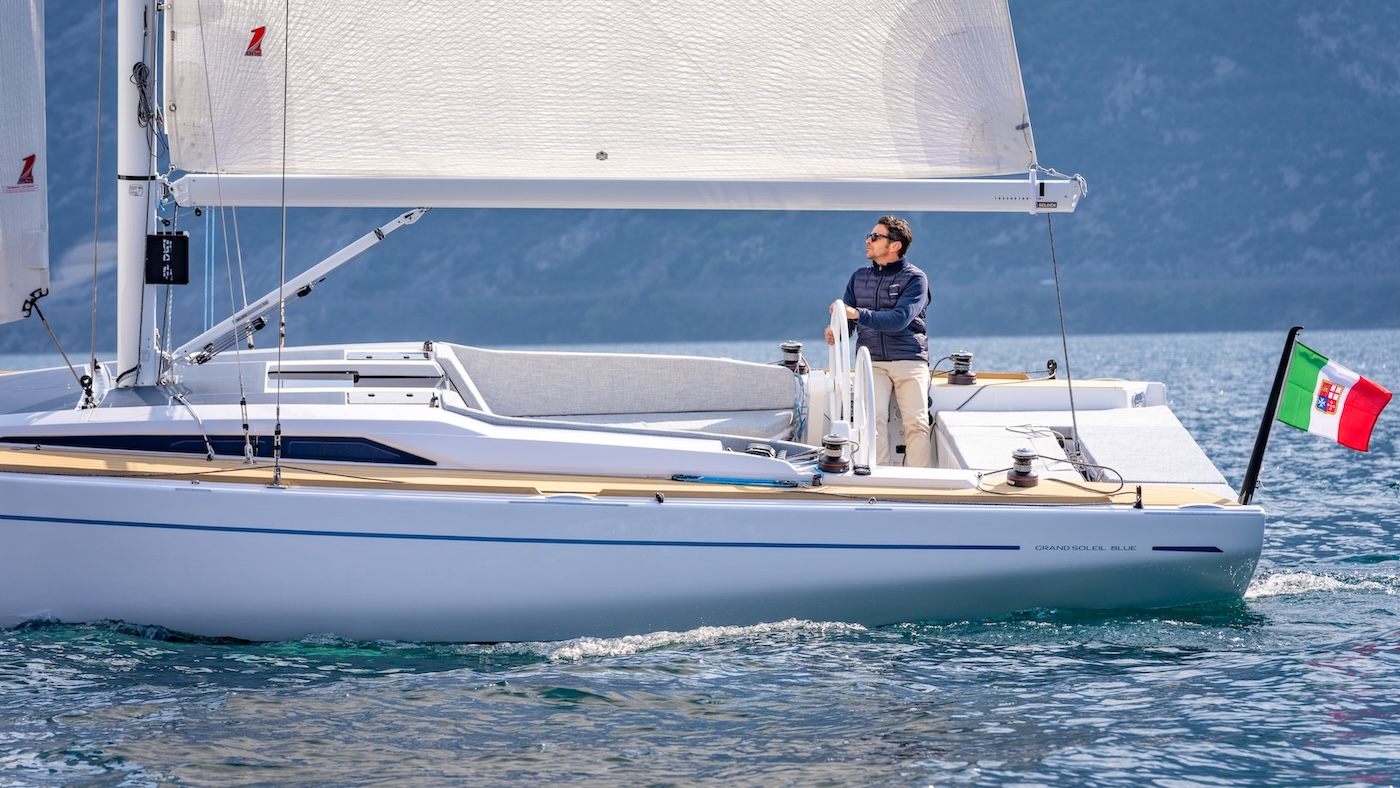Leggi l’articolo in italiano
Rocks, low bottoms, wrecks: sailing along a coast, approaching to a bay, passing between an island and mainland or an archipelago often means to approach to some dangers. Recognising their signals is not a habit for purist sailors but a fundamental safety concept. It is not sufficient to verify the presence of signals in water and avoid them. The signal often indicates the precise direction to follow in free waters.
There is an international danger indication system called I.A.L.A. (International Association of Lighthouse Authorities), which included 30 different systems in 1977. Today, from this point of view, world is divided into two regions: region A includes the coasts of Europe, Africa, Australia and part of Asia, while region B has been adopted for the coasts of Canada, Northern and Southern America, Japan and Korea. The two regions differ only for the colours of lateral signals. So, for example, in region B the green light is on the left while the red one is on the starboard side.
As for our large navigation zone, let’s start to distinguish the different signals by starting with danger ones.
In particular, the topmark, that is the symbol we see above the seamark, doesn’t indicate the danger position but the free side, so the waters where you can sail. Consequently, the signal indicates a cardinal point: two cones with two upward points indicating the North, two downward points indicating the South, two touching bases indicating the East and the touching points the West. According to a mnemonic rule, the West is internationally indicated with a W and the touching points of the cones form two V‘s on either side.
When we see this signal on a yellow and black seamark we have to understand which cardinal point it indicates and the consequent direction to follow.
For example, if we see the North signal, the dangers will be in the South and we must pass in the North.
At night, signals are not visible but they emit a white illuminated signal. It is easy to remember this because it follows the hours indicated by the watch: East ( so, at 3 o ‘clock) three flashes; South ( at 6) six flashes and another longer one – West ( at 9) nine flashes, while a continuous flash indicates the North.
It is very important to interpret these signals correctly in order to avoid serious risks.
The situation is simpler if we are in front of an isolated danger, such as a wreck or a rock.
In this case, in fact, it is sufficient to keep a distance from the danger. The danger signal is easy to recognize because it is black with one or more red sections and a topmark made up of two overlapping black balls. At night, it emits two white flashes.
There are also other types of signals which indicate no dangers rather delimited areas where boats can’t sail, such as reserves or mussel plantations. Italy is full of these areas.
The relative signals are yellow with a yellow X on their top.
Free and navigable waters, too, are indicated by signals. In this case, they have vertical red and white sections and a red sphere on the upper part. At night, they emit a white light which can be isophase, that is alternating light and darkness, or with flashes reproducing the letter A of Morse Code, that is a point and a line, so a short flash and a longer one. In order to interpret this and the other signals, it is sufficient to consult the map or the specific light book.
As regards the lateral signals, those which indicate canals, passages or harbour entrances, it is sufficient to remember that the green signal is always on the starboard side and the red one on the left.
According to a mnemonic rule, you have to give your red light to the red signal and your green light to the green signal. Unless you are sailing in region B (America, Philippines, Japan and Korea), where signals are inverted.
But if we pass from the map to sea, we have to face reality, where it is often difficult to see the day signal colours. In fact, they are often corroded and rusted. In particular, it is difficult to see and recognize the topmark, that is the symbol on their upper part. So, if we don’t trust in our memory, we must keep a nautical table ( we can buy it in any nautical shop or a sea bookshop) on our hand and consult it in case of doubt.





























One Response
The mnemonic we use in the B region is “Red Right Returning”.